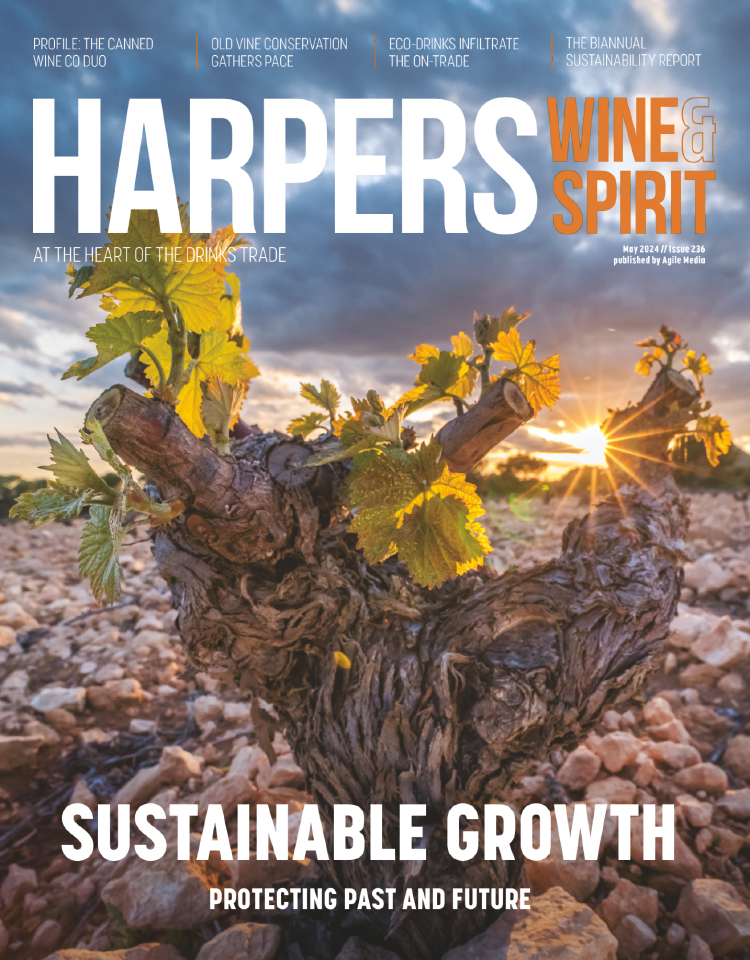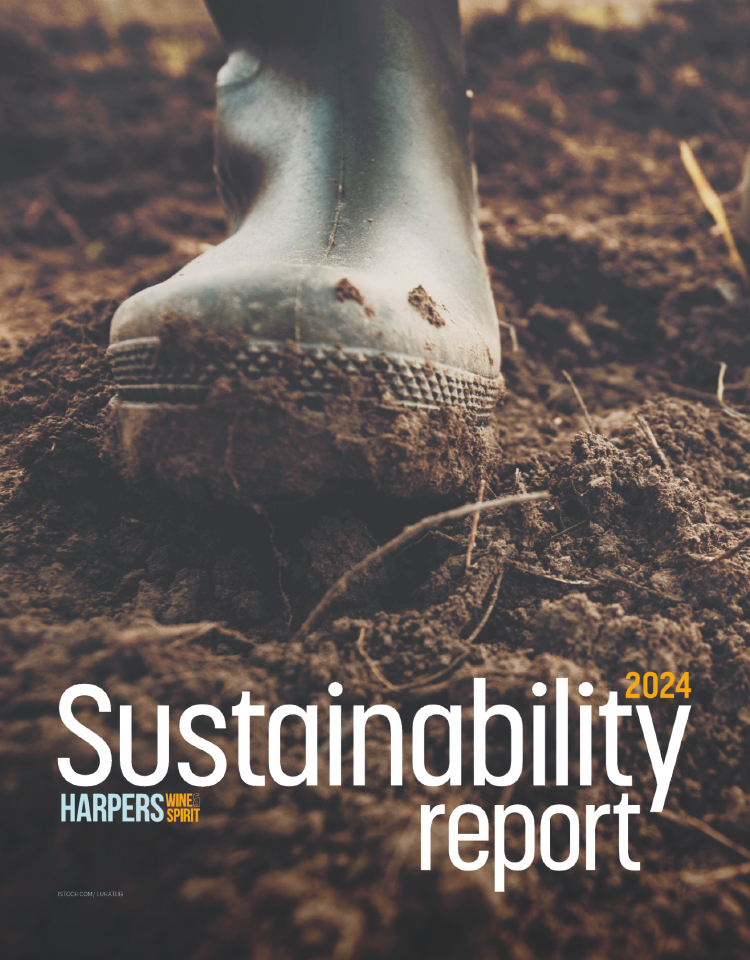
Rhône wines shine in the US
Sales of Rhône wines continue to decline in traditional markets, while the US east coast is showing “unprecedented levels of consumer interest,” according to leading sommeliers.
“In NYC there is much more excitement with the Northern Rhône wines than with the wines from Bordeaux,” said Cedric Nicaise, wine director, Eleven Madison Park, New York.
“Top producers like Chave, Gonon, Jamet and others are very popular, especially with sommeliers. In restaurants where sommeliers are able to give recommendations often, I would imagine that Syrah moves very quickly.”
Raj Vaidya, head sommelier at Daniel Boulud's flagship restaurant in New York, agrees. “The Rhône is increasingly an important part of the fine dining scene in the US,” he said. Demand has surged upwards in recent times – according to figures from InterRhône, exports to the US increased by 19% in volume and 21% in value between 2016-17.
In contrast, both volume and value exports to Great Britain declined by 3% (164,668hl to 159,761hl) and 4% respectively (€77.5 million to €74.1 million) in the same period. In addition, the Rhône's second largest export market, Belgium, also saw volume and value exports decline between 3% and 6% last year.
“Currently, the Rhône seems to be something of a slow mover in the London on-trade - we have some delicious reds from the Northern Rhône, but they are amongst our slowest-moving stock,” said Hakkasan's group head of wine, Christine Parkinson. “I think one issue is that the pricing is very much on a par with Bordeaux and Burgundy, but the wines are not nearly as well-known.”
However, Nicaise adds that while sales of Northern Rhône wines are booming in the US on-trade, once popular appellations like Chateauneuf-du-Pape are struggling to gain traction.
“Southern Rhone has fallen out of favour a lot. The wines were heavily influenced by Parker, and like other wines in those styles, they seem to be less in demand, at least in New York City,” he said.





